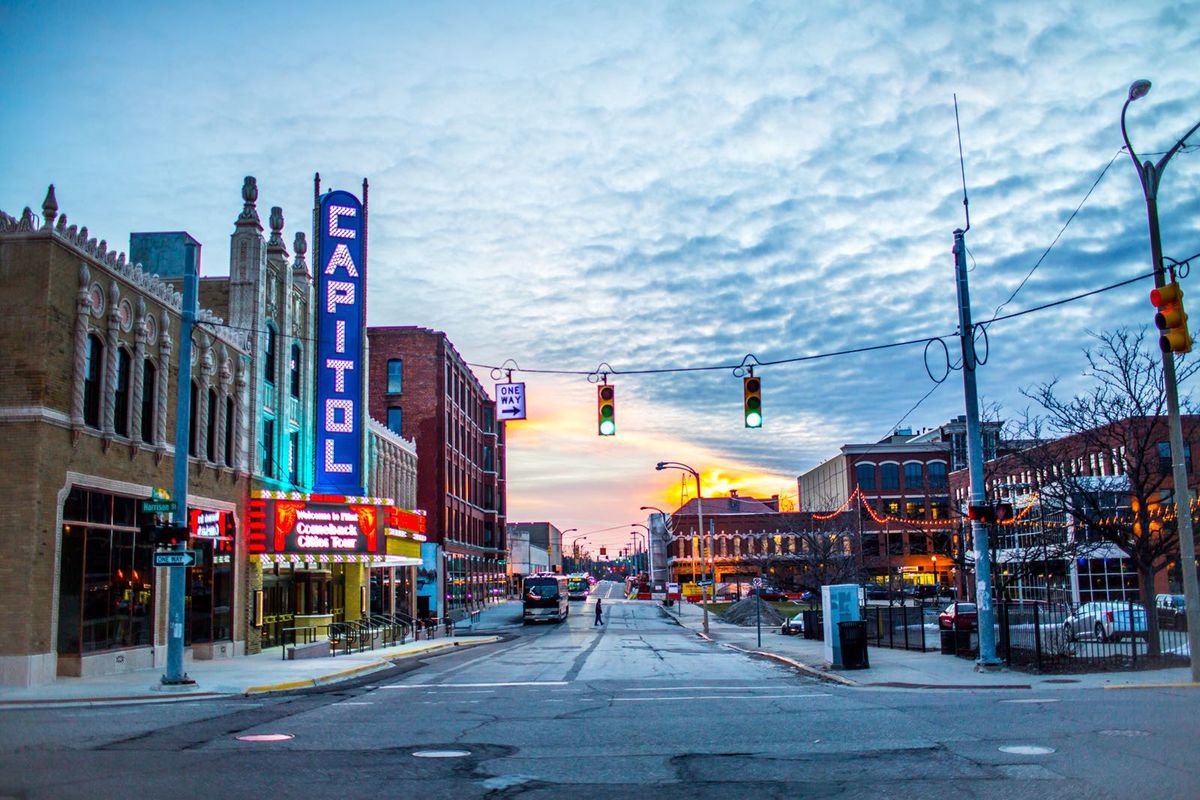At the Logic magazine website, Nick Serpe offers a short history of venture capital in the US, from its infancy in the period following WWII to its outsized economic role today. Venture capitalists frequently fancy themselves as cutting-edge innovators and economic saviors, and as Serpe notes, they’ve recently taken it upon themselves to revive the depressed working-class towns of “Trump country.” But these seemingly magnanimous investments, writes Serpe, are driven by the same old profit motive. Here’s an excerpt:
Elite segments of the tech sector sense that the political fissures exposed by Trump’s victory are entwined with plutocratic entrenchment and diminished opportunities for the working class. So they are eager to prove that they can ease economic malaise by bringing growth to regions with very little of it. And the instrument of that growth, they believe, is venture capital.
The Comeback Cities Tour belongs to a long tradition. Venture capital represents a very small part of US GDP, but it plays an important ideological role. In times of crisis, when financiers have felt the need to justify their activities to the broader public, they have held up venture capital as a force for good—as an engine of technological development and economic growth that benefits everyone. Venture capitalists risk their own money to build companies that contribute to a dynamic economy. The reality, however, is that the benefits of venture, like those of the financial sector as a whole, flow primarily to rich investors. Throughout its history, venture capital has been successfully deployed to conceal this reality, soothing popular hatred of the bankers while advancing their agenda.
Image: Flint, Michigan, one of the US cities targeted for “revival” by venture capitalists.
